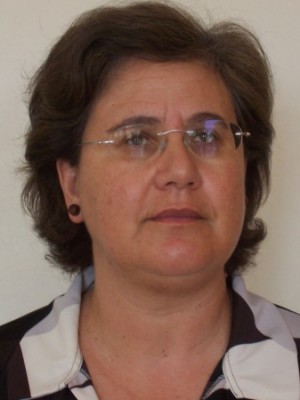abstract
The complex [Ru[9]aneS(3)(pdon)Cl]Cl (pdon = 1,10-phenanthroline-5,6-dione) was readily obtained from the stoichiometric reaction of Ru[9]aneS(3)(dmso)Cl-2 with pdon. Recrystallisation in ethanol using salicylic acid as a co-crystallisation helper afforded single-crystals suitable for the collection of X-ray diffraction data which afforded a reasonable structural description. Two different kinds of molecular carriers were tested as vehicles for this complex: carbon nanotubes (CNTs) and cyclodextrins. CNTs had an insufficient loading rate for the ruthenium complex at CNT concentrations deemed non-cytotoxic on cultured cells. The cyclodextrin (CD) carriers, beta-CD and TRIMEB (standing for permethylated beta-CD), were able to form two adducts, studied by powder X-ray diffraction, thermogravimetric analysis (TGA), C-13{H-1} CP/MAS NMR and FT-IR spectroscopies. The DNA thermal denaturation studies showed that the complex 1 is able to intercalate with DNA. The in vitro cytotoxicity of the free complex [Ru[9]aneS(3)(pdon)Cl]Cl (1) and of its two CD adducts (2 and 3) was assessed on both rodent and human cell lines. By using the mouse K1735-M2 melanoma cell line and the non-tumour rat H9c2 cardiomyoblasts, the results showed that 1 and 2 significantly inhibited the growth of the tumour cell line while displaying a good safety profile on cardiomyoblasts. Compound 3 at 100 mu M inhibited the proliferation of both cell lines, with a higher activity towards the melanoma cell line. The cytotoxicity of the compounds 1-3 was further assessed on human breast cancer cell lines. Against the MDA-MB-231 line, growth inhibition occurred only with 1 and 3 at the incubation time of 96 h, both with approximate inhibition rates of 50 %; against the MCF-7 line, mild cytotoxicity was observed at 48 h of incubation, with IC50 values calculated above 100 mu M for 1, 2 and 3.
keywords
PERMETHYLATED BETA-CYCLODEXTRIN; DRUG-DELIVERY; CARBON NANOTUBES; IN-VITRO; 1,10-PHENANTHROLINE-5,6-DIONE COMPLEXES; ANTIMICROBIAL ACTIVITY; H9C2 CARDIOMYOBLASTS; INCLUSION-COMPOUNDS; COLORIMETRIC ASSAY; X-RAY
subject category
Biochemistry & Molecular Biology
authors
Braga, SS; Marques, J; Heister, E; Diogo, CV; Oliveira, PJ; Paz, FAA; Santos, TM; Marques, MPM
our authors
acknowledgements
The supply of beta-CD (Kleptose) by Roquette Laboratoires (Lestrem, France) is gracefully acknowledged. We are also grateful to Fundacao para a Ciencia e a Tecnologia (FCT, Portugal), European Union, QREN, European Fund for Regional Development (FEDER), through the programme COMPETE, for general funding to the QOPNA research unit (project PEst C-QUI/UI0062/2013; FCOMP-01-0124-FEDER-037296), to the Associated Laboratory CICECO (PEst C-CTM/LA0011/2013) and to the CNC (PEst-C/SAU/LA0001/2013-2014), and for specific funding towards the purchase of the single-crystal diffractometer. The FCT and the European Social Fund, through the Programa Operacional Potencial Humano (POPH), are acknowledged for a PhD grant to J. M. (SFRH/BD/44791/2008).





